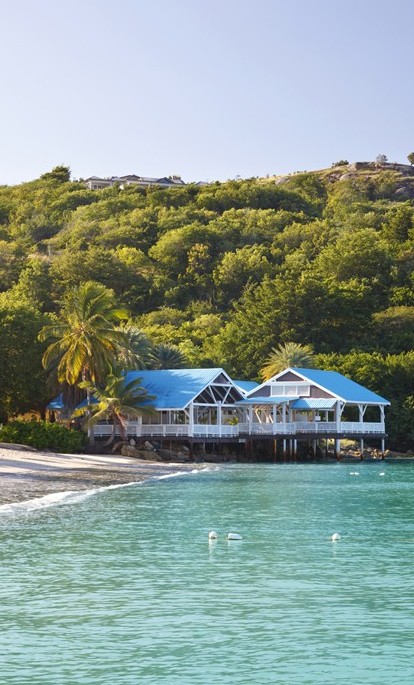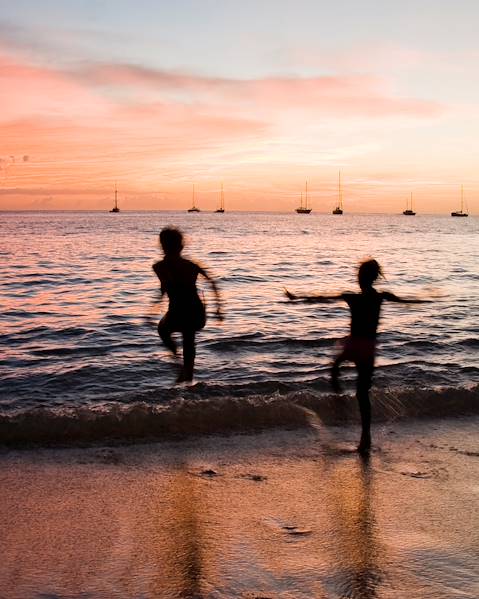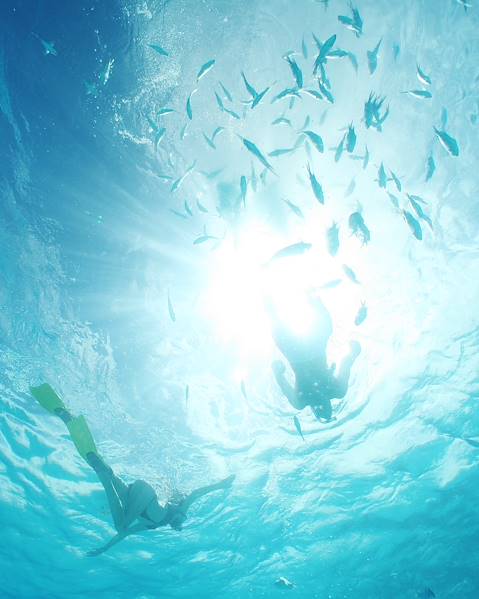Transport
Antigua and Barbuda's transport systems are both public and privately run. Buses operate between 5.30am and 6pm and there are regular services between the capital, St John’s, and various surrounding villages. They generally follow a set schedule – although departure times are left to the discretion of the driver. Taxis can be found in all built up areas and are particularly useful for transfers between the airport and major hotels. It is worth noting that they use fixed fares over a metered system.
If you’d rather rent a car to get around, you can do so providing you have a valid driver’s license from your home country. You must purchase a temporary driver’s license once in Antigua, but it can be easily arranged through car rental agencies or your Concierge.
Safety
Antigua is one of the safest Caribbean islands. Crime levels are low and there is no legislation against same-sex couples. Hurricane season typically runs from July to November. The risk is generally small, but you are more likely to see storms in this period.
Must-sees
Antigua’s 365 beaches (one for every day of the year) should be reason enough to visit. But if you’re after more than just sand and sea, this Caribbean island has more than enough to keep you busy. From mangroves and rainforest to St John’s lively food and drinks scene, you’ll be in for a treat for all the senses. If unpretentious rum cocktails and sea views are calling, head to Sheer Rocks. But if you’re looking for an alcoholic souvenir to take home, English Harbour is the one.
History buffs are well catered for in this Caribbean isle too with the Museum of Antigua and Barbuda. Filled with indigenous artefacts, it traces the two-island nation’s history from slavery to modern day and has a focus on cricket with the inclusion of a stature of local legend Sir Viv Richards. Nelson’s Dockyard is well worth a visit too. This former British naval base, which was used to repair boats that had made the voyage across the Atlantic, is now a UNESCO-listed site that teems with glistening super yachts.
Antigua and Barbuda’s natural must-sees include its five national parks, which house the largest frigate breeding and nesting colony in the world. They are also home to natural beauties such as Devil’s Bridge, a natural arch formed from millions of years’ worth of crashing Atlantic waves. If you’re dreaming of mile-long white sand beaches where you can sprawl out with a cocktail in hand (we don’t blame you), we recommend Hawksbill and Curtain Bluff. For a more castaway feel, head to the temptingly named Half Moon and Rendezvous Bays.
Souvenirs
You may not think it, but shopping in Antigua is actually an adventure in itself. In addition to its myriad shops selling clothes, jewellery and local goods, you’ll come across many street vendors selling things you’ll be hard pressed to find anywhere else. From pottery and ceramic ware to tea sets and light linens that make perfect summer weight bedspreads, a trip to Antigua will have you making full use of your baggage allowance. If you like your food with a bit of spice, don’t leave without a bottle of Susie’s Hot Sauce, and if quirky decorative items are your cup of tea, head to Chichicastenango Market for a carved mask.
Currency
The main currency is the Eastern Caribbean Dollar (EC$) although US dollars are accepted, as are credit and debit cards in many places.















